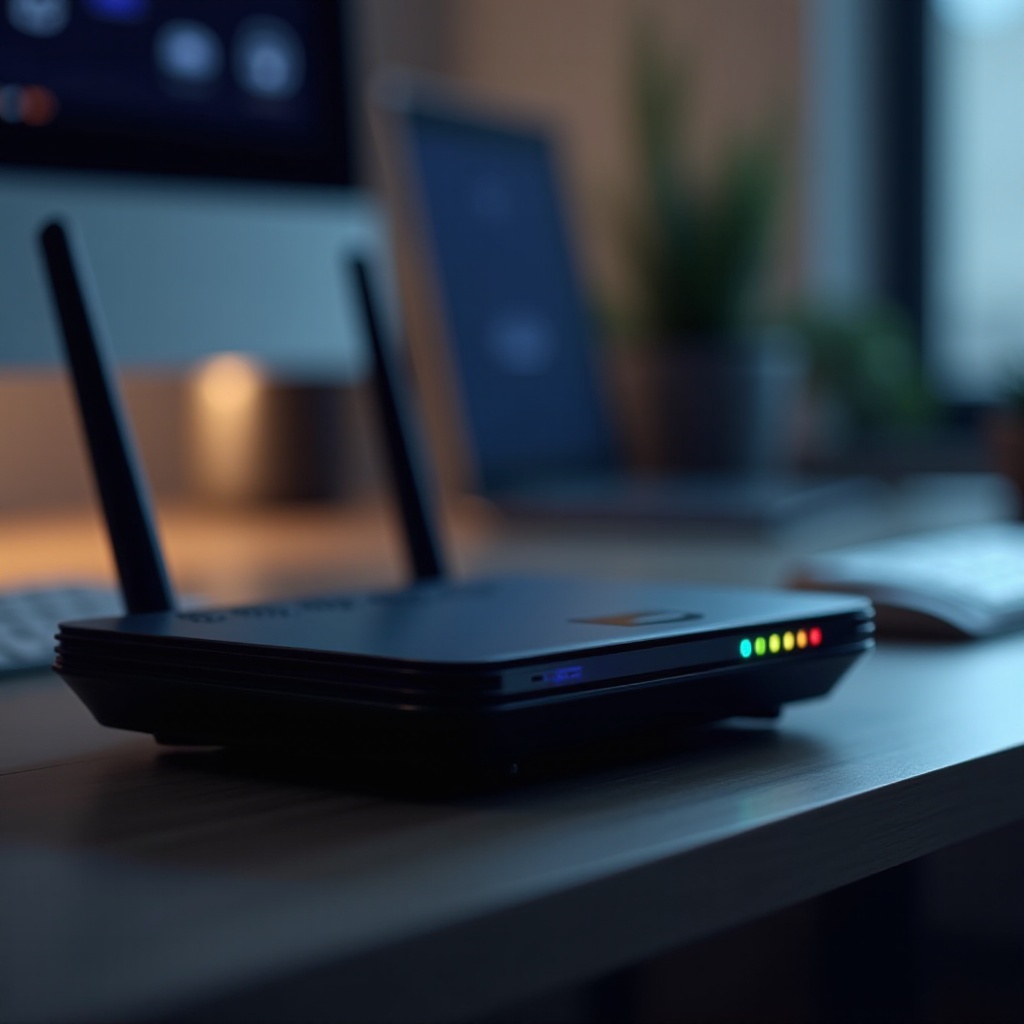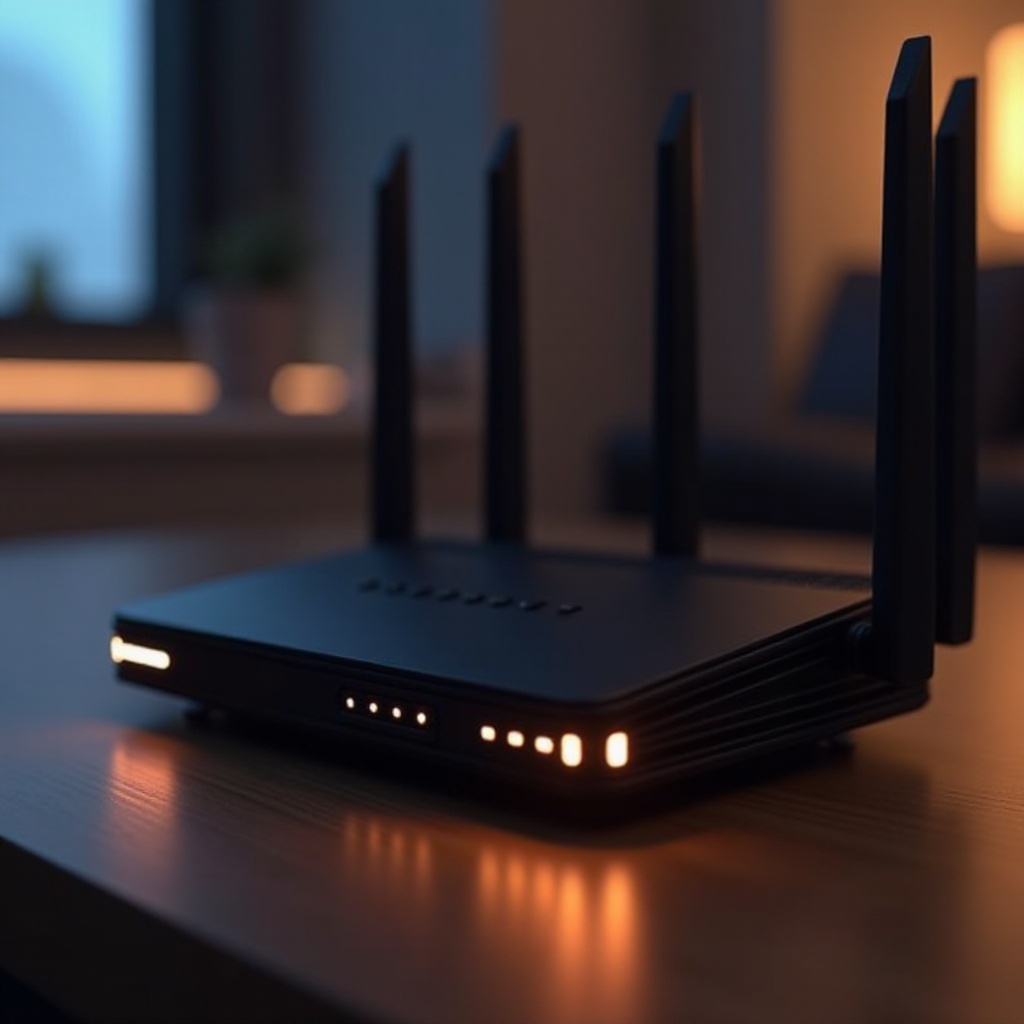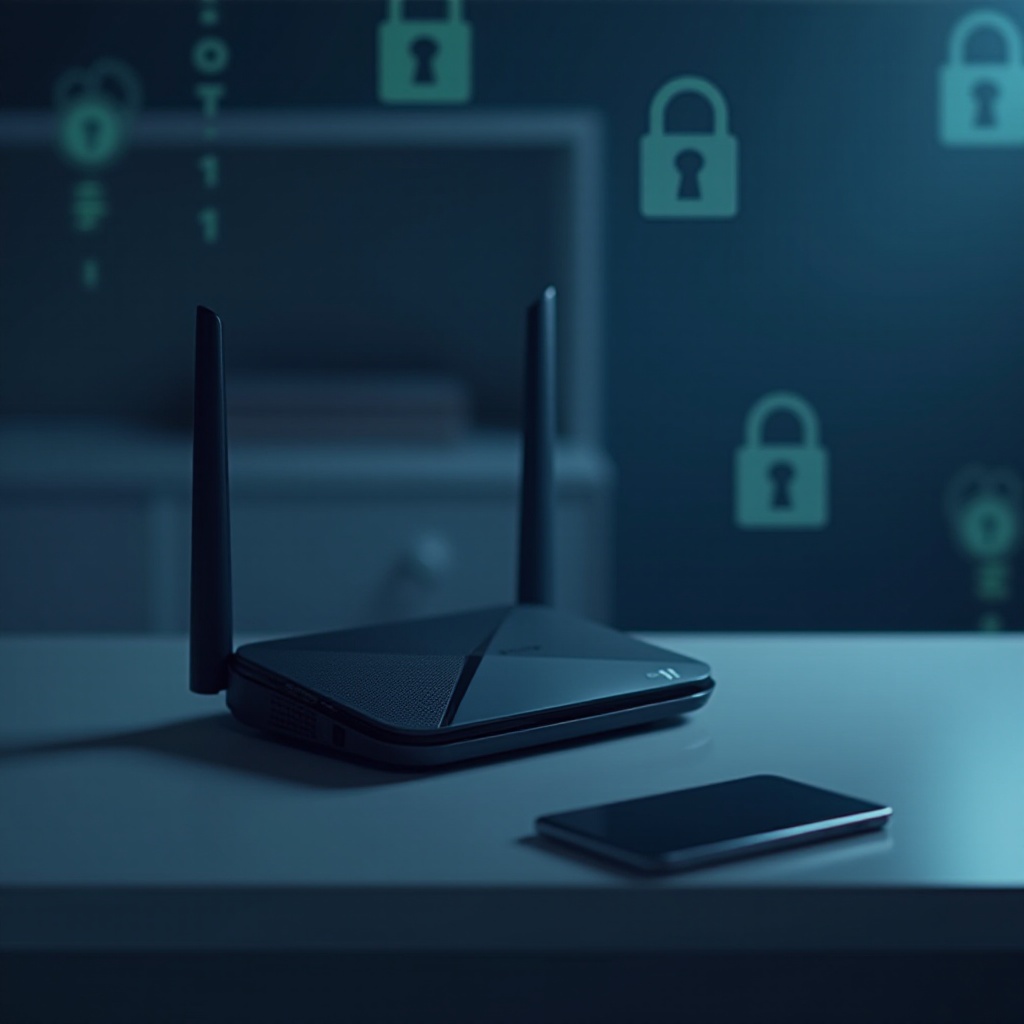Introduction
Losing access to your WiFi password can disrupt daily activities, from connecting new smart devices to sharing network access with guests. If you’re wondering how to find the WiFi password in your router, you’re in the right place. This detailed guide will help you navigate the process, retrieve your password, and bolster your network’s security. Along the way, you’ll also learn how to troubleshoot some common issues that might arise.

Why You Might Need Your WiFi Password
Understanding your WiFi password is essential for several reasons. New devices might require a WiFi connection, or you might want guests to use your network without hassles. Security reasons also come into play, especially if you suspect unauthorized usage. Having your password handy simplifies the process of troubleshooting network issues or adjusting settings for device connectivity.
Preparing to Access Your Router
Before you start fiddling with router settings, preparation is key.
Gathering Necessary Information
You’ll need to know your router’s model number and possibly have the login credentials from your ISP. Information like the model number and manufacturer details can usually be found on the router itself.
Understanding Default Router Credentials
Routers are typically equipped with default credentials, which are often found on a sticker on the device or detailed in the user manual. Common usernames and passwords include ‘admin’ or ‘password’.
Finding the Router’s IP Address
The IP address unlocks your router’s settings. It’s often on a sticker on your router, but can also be found by entering ipconfig in your computer’s command prompt and looking under ‘Default Gateway’ or through device network settings.

Accessing Your Router’s Settings
With essential details in hand, the next step is accessing the router’s settings interface.
Connecting to the Router via Web Interface
- Launch a web browser on a device connected to your network.
- Enter the router’s IP address in the URL field.
- A login prompt for the router’s settings page should appear.
Common Login Methods for Different Routers
Different routers have different login procedures:
- Netgear: Default login is usually ‘admin’ and ‘password’.
- Linksys: Often, the username is ‘admin’, with a blank password field.
- TP-Link: Typically both username and password are ‘admin’.
Refer to your router’s documentation for specific details.
Navigating to Wireless Settings
Once logged in, locate the section marked ‘Wireless’ or ‘WiFi Settings’. Here, network details including your SSID and, if visible, the WiFi password is displayed.
How to Retrieve Your WiFi Password
Retrieving your WiFi password from the settings interface is straightforward from here.
Default Passwords and Where to Find Them
If the router’s default settings were never changed, the password might still be original, either in the user manual or on a manufacturer label on the router.
Locating Custom Passwords in the Interface
If the password was customized, it will be noted in the wireless settings. In some instances, a ‘Show Password’ checkbox must be selected to reveal the password.
Enhancing Router Security
Enhancing your network’s security is as crucial as retrieving your password.
Changing the WiFi Password
Regular password changes are recommended to protect your network. To change it:
- Enter a new password in the ‘Password’ or ‘Passphrase’ field.
- Choose a complex mix of letters, numbers, and symbols.
- Save your changes.
Recommended Security Settings
Enhance security by enabling WPA2 or WPA3 encryption standards. Also, if not necessary, consider disabling WPS to minimize security vulnerabilities.

Troubleshooting Common Issues
If you experience access issues, several solutions are available.
Access Problems and Solutions
Having trouble accessing the router settings? Try these steps:
- Confirm your device is connected to the router.
- Recheck the IP address entered.
- Verify login credentials.
Resetting Your Router Safely
If issues persist, a safe reset might help:
- Hold the ‘Reset’ button for about 10 seconds.
- Wait for the router to reboot to default settings.
- Reconfigure the network settings.
Conclusion
Efficiently finding and managing your WiFi password in your router is a valuable skill. Following the outlined steps ensures you can access your network effortlessly, secure it, and troubleshoot any issues that arise. Regularly updating your WiFi password and reviewing security settings help maintain optimal network performance and safety.
Frequently Asked Questions
How can I find my router’s IP address on different devices?
On Windows, use the command prompt and type `ipconfig`. On macOS, go to System Preferences > Network > Advanced > TCP/IP. On Android/iOS, view the Wi-Fi connection details.
What should I do if I can’t log into my router?
Ensure the device is connected to the router, verify IP address and credentials, and consider resetting the router if issues persist.
How often should I change my WiFi password for security?
Changing your WiFi password every few months is a good practice, especially if you’ve shared it with multiple people or devices recently.